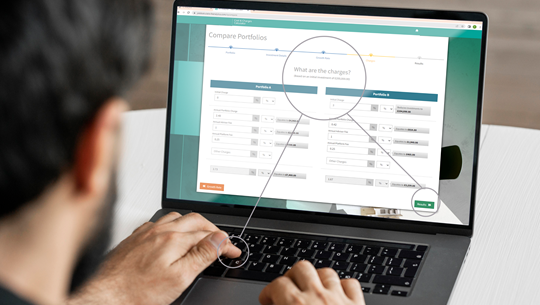It’s not a revolutionary move when a business participates in a merger or company acquisition. With the aim of strengthening their distribution reach and growing AUM, we see market movements like this in the fund management industry regularly. There are many key drivers to such an acquisition or merger that make the process seem worthwhile, even though it may come with tough changes, and a hefty price tag. The value of M&A in the asset management sector was estimated at over £10.4 billion earlier this year. The main drivers for such business-growth decisions are to retain a position against competitors to respond to rising pressures on maintaining and increasing profit margins and to combat the growing competition produced by the effects of globalisation.
What are the key benefits and disadvantages?
The branding of a target company is very important. Acquiring companies are willing to pay a premium price to have a reputable and marketable brand sit under its umbrella of companies. The benefit of this strategy is multifaceted and interconnected, as it has the potential to expand their capabilities, propositions, resources and client base. Alternatively, a parent company can choose to invest in an established firm that has performed well and would fit within its existing cluster of companies – eventually looking to dissolve the brand of the acquired company and simply absorb its clientele and resources to expand its reach.
Aegon Asset Management did the latter with Kames Capital by merging the UK based brand into its parent group and removing the Kames Capital name from its collection of funds as it integrated its European and American conglomerates – essentially creating a single brand. Previously operating under multiple brands including; Kames Capital UK, TKP Investments in the Netherlands; Aegon US and Asia and Continental Europe - all global brands have now integrated under Aegon Asset Management across all markets. The campaign behind the collaboration was described by Aegon as ‘Investing Beyond Borders’; which expanded its global presence with an improved resource allocation, for the benefit of its local clientele.
Not only are such mergers beneficial in attaining a larger market share, but they also have the power to diversify their pre-existing market into new territories from both a product and geographic point of view.
It’s not a hidden problem, particularly in the European market of funds – that the industry is overwhelmed with a surplus of funds, essentially diluting the market with costly management fees and inefficiently run funds. Whilst some argue this is due to fund managers being unable to see redundant funds amidst their product range, some fund managers do undergo a period of extreme consolidation following a merger or acquisition.
Whilst mergers and acquisitions are decided for the betterment of a firm, it can bring its disadvantages – particularly to legacy clientele. From the viewpoint of a stakeholder who invested in a product because of its company heritage and trust in the portfolio manager; a change in ownership may create instability and uncertainty alongside its new branding ethos and fund positioning.
‘Ninety One’ demerged itself from its parent company; Investec Asset Management, and discarded the zebra branding held by the wider Investec company in 2019. It’s probably too early to know how successful they will be in retaining the traditional philosophies and management processes of its parent company and transferring the ethos to the new brand.
How to (re)connect, (re)market and (re)target
Connecting and distributing to the right audience is essential in selling a proposition that has been reinvigorated or rebranded. Marketing to the correct audience with valuable content and videos showcasing your products via multiple distribution channels is critical in raising (re)brand awareness, which often proves to be more challenging as it requires your target prospects to unlearn the old and relearn the new value proposition.
Messaging needs to be clear, concise and consistent across all markets. Newly tapped markets following a company merger or acquisition on the other hand require special attention with wider audience targeting, ideally through reputable industry channels. Whilst some newly accumulated products may not sit comfortably alongside the existing umbrella of companies, exposing them to a wider global audience through effective advertising on popular platforms will drive exposure to core audiences with essential information. Introducing newly branded funds to an already flooded market is difficult; benchmarking them against competitors using tools such as FE Analytics will help widen fund exposure against comparable products in the market. We’d love to talk to you about how we can help create targeted strategies for your chosen distribution channels in global markets using our publishing sites.
For more information, or to speak to a specialist contact us here.






